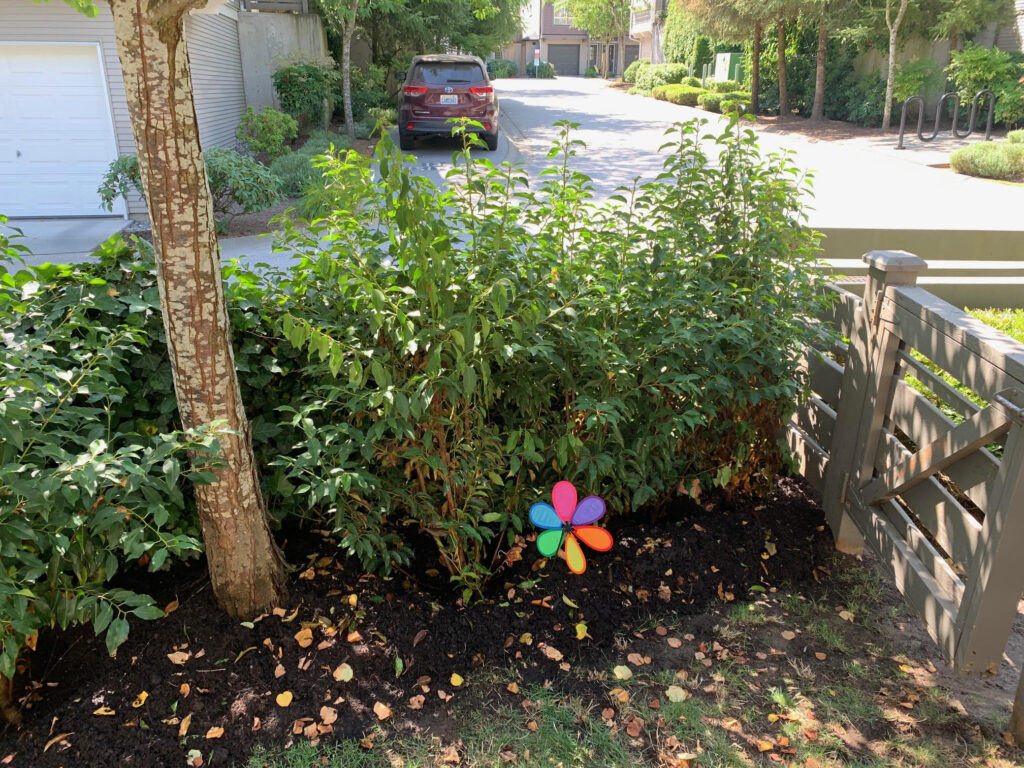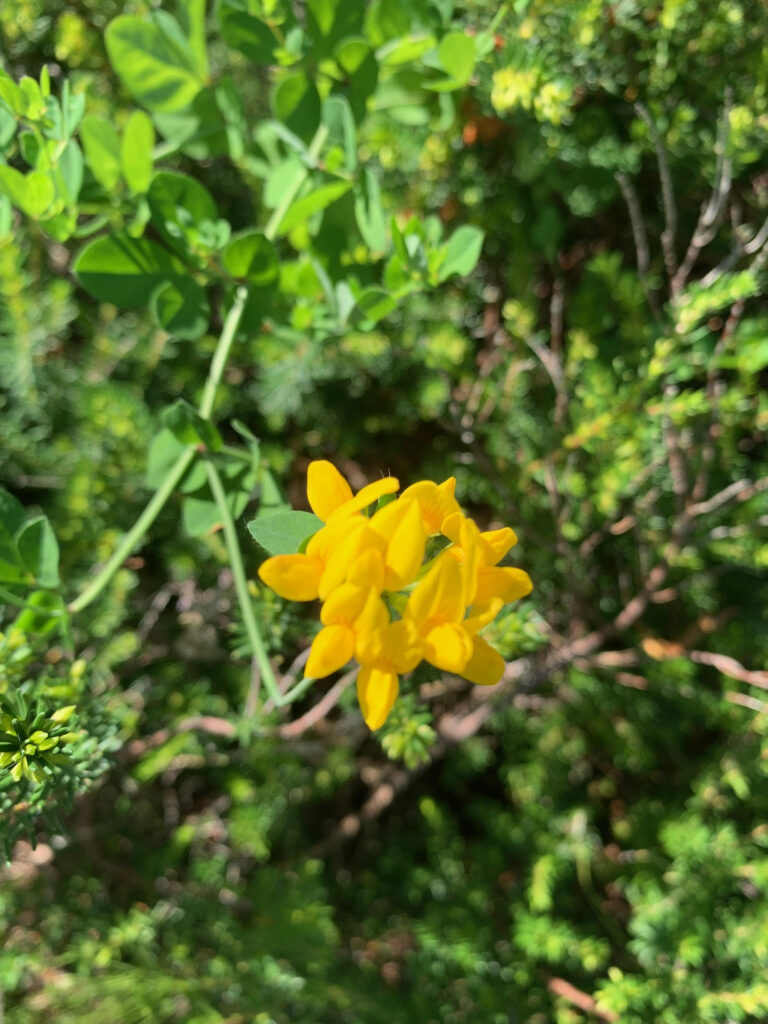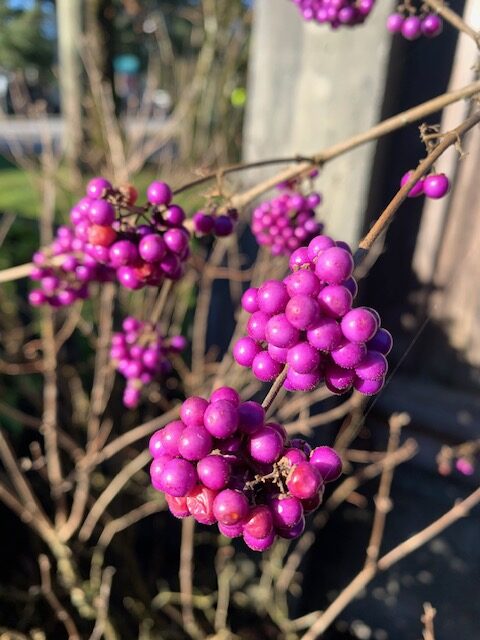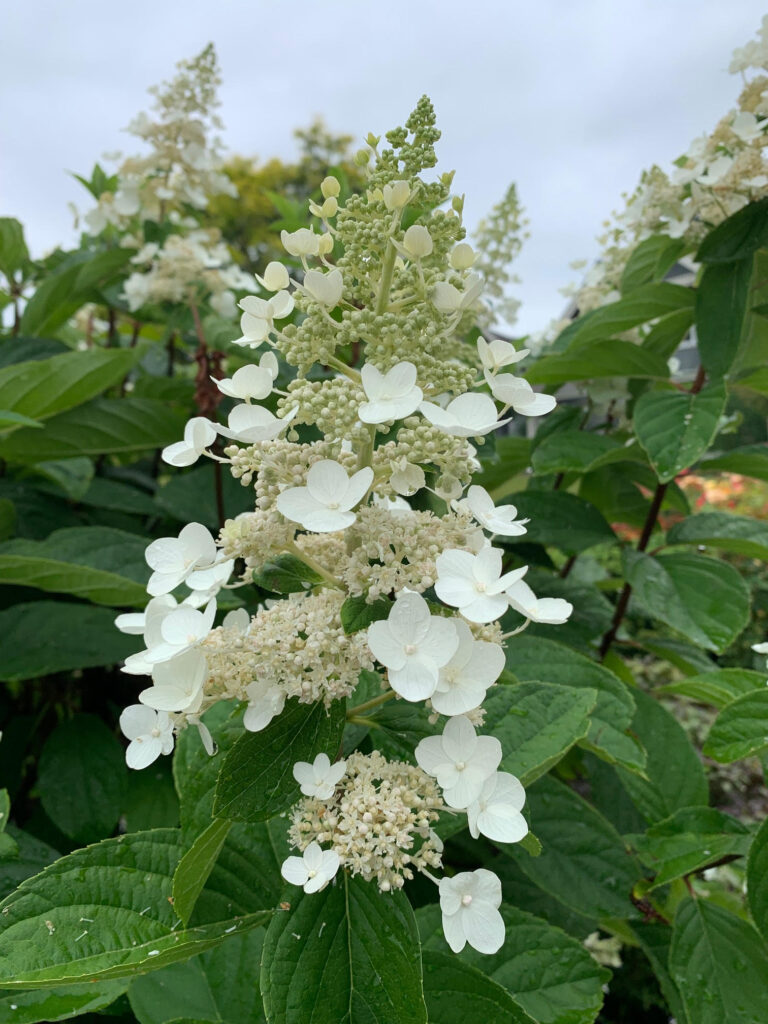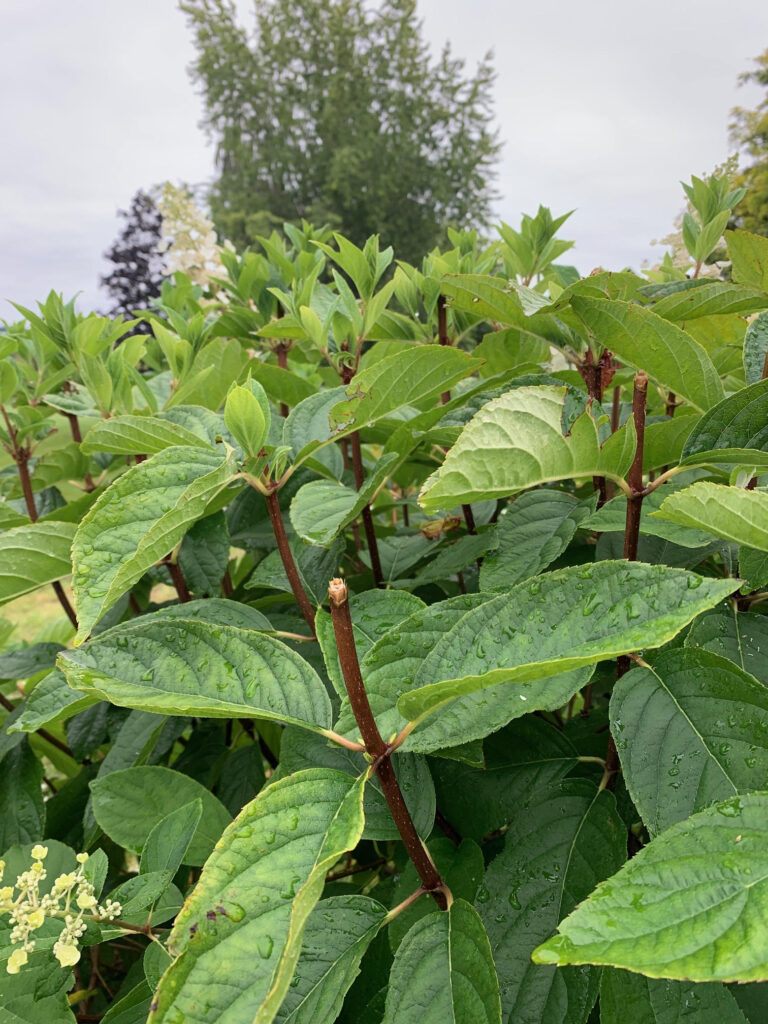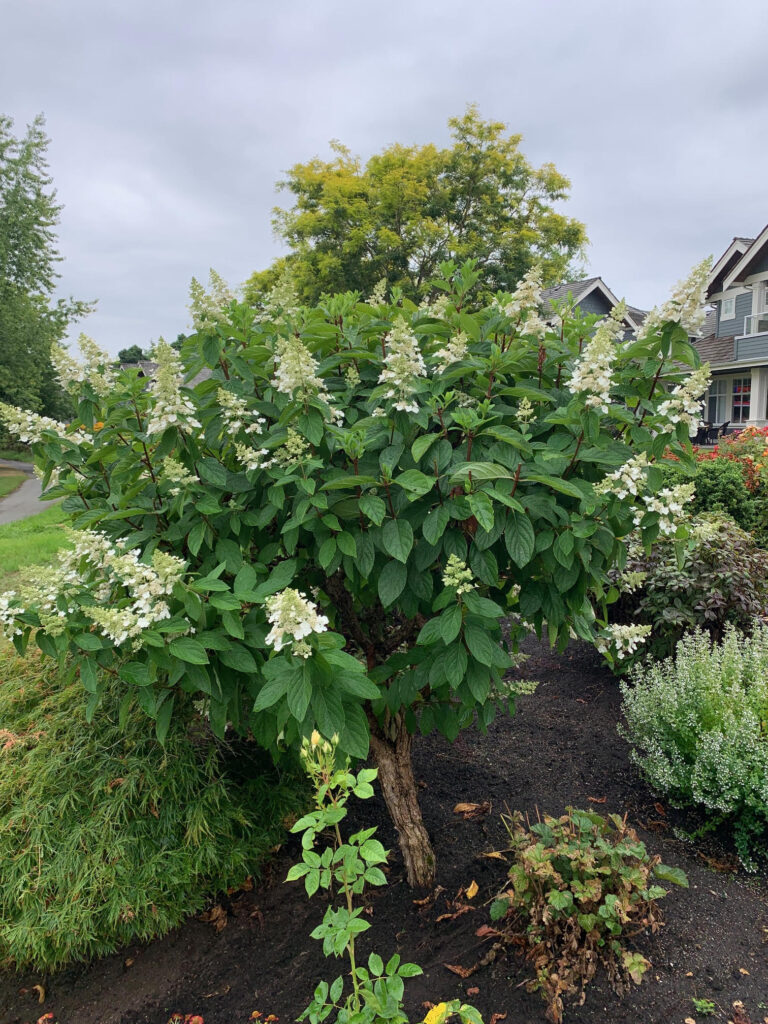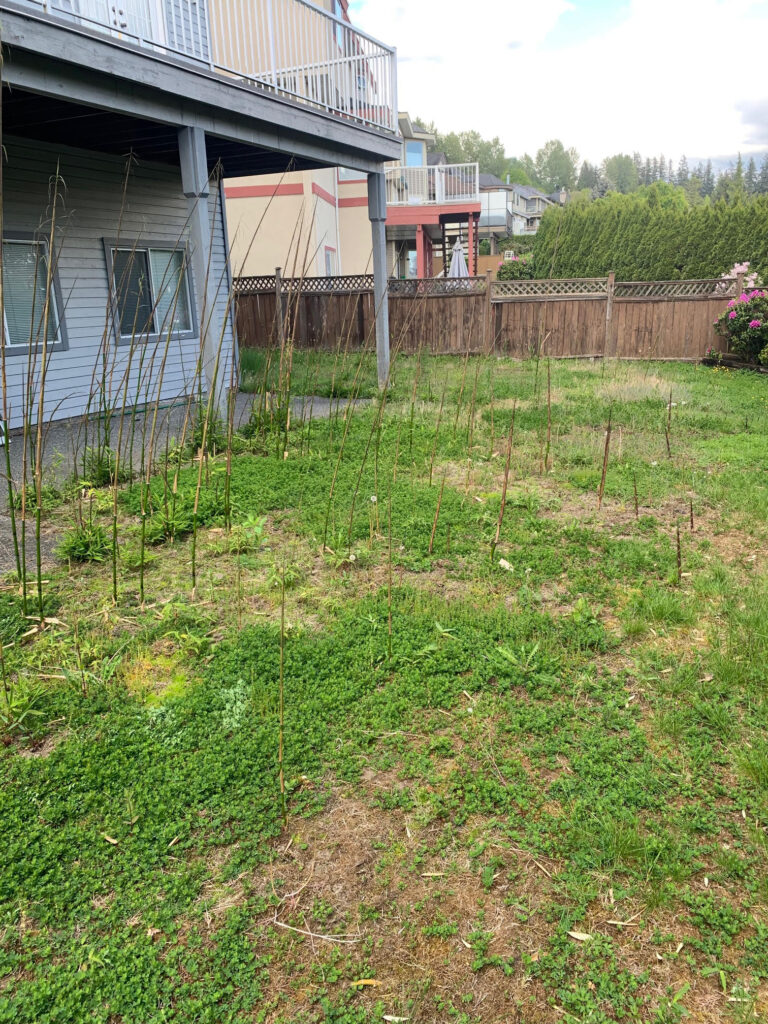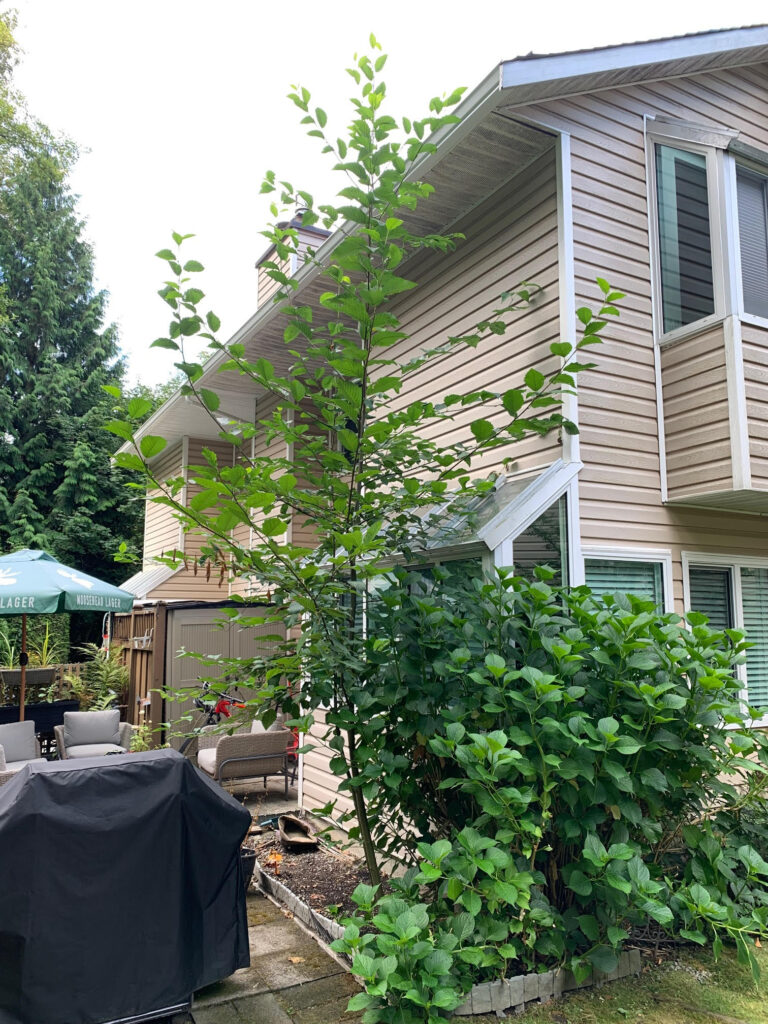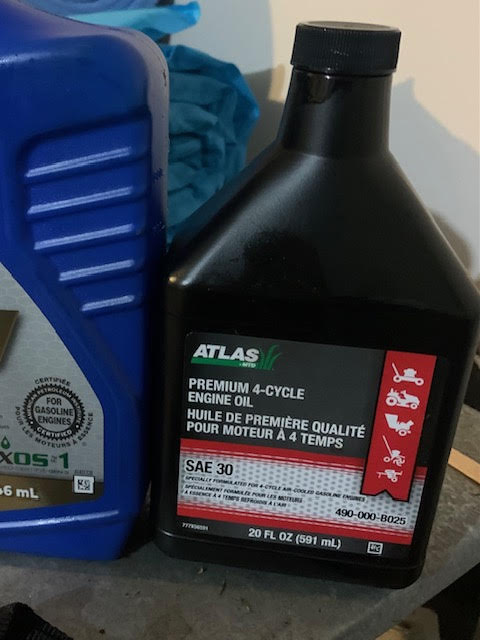Extras, extras
I love how gigs have a tendency to grow in my side-hustle operation. Just consider a simple $50 lawn cut: it’s a quick job, done every two weeks. I increase my revenue and the owner doesn’t have to stress about her lawn. A nice looking lawn also means that her neighbors can stop whispering.
Then come the extras, like weeding a vegetable patch before visitors arrived from out of province. More easy revenue but in this blog post we first have to backtrack to spring 2025.
Sad, sad, sad
I love the first lawn cuts of the season because winter is over and my revenue is about to go up. When I arrived at this house and started cutting the grass, it was the lady of the house who brought out the green bin for me. It was weird but I kept cutting. Then, when I finished the lady came over and gave me the bad news. He husband passed away just weeks ago after a fall. I was stunned because the old man was super friendly. He’d ask about my business and my family; and when I knocked down the back lane he’d tip me nicely. Now he was gone.
The poor guy tripped over the curb and broke his hips and back. He died three days later.
Vegetable patch
This brings us to her vegetable patch which was obviously full of weeds because her late husband used to take care of it. I did the weeding based on a two-hour quote. That’s the only way to make good cash: create a quote and then do the work quickly. I wouldn’t want to sit there weeding for exactly two hours.
You will notice in the after picture that I left two plants alone. One is a Hellebore which has been in the family for decades, allegedly. The owner staked it off for me but I know a Hellebore when I see one.
At the other we left poppies standing because the husband planted them; and who knows, he might be watching.
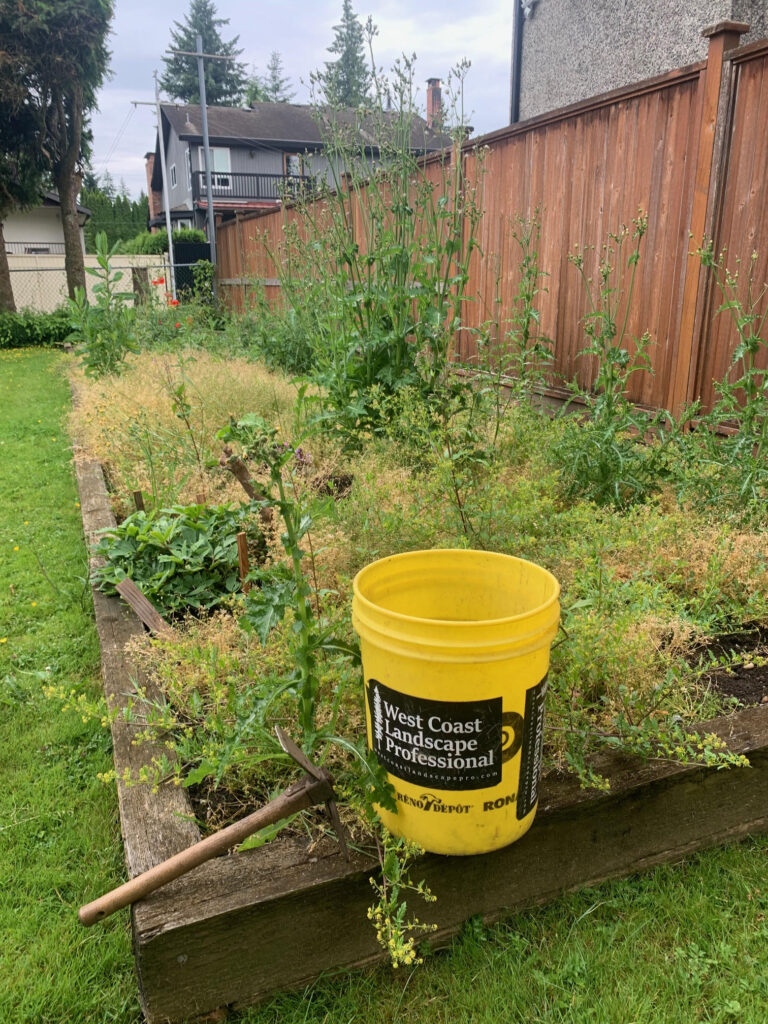

Conclusion
If you’re doing landscape side-hustle gigs, you can expect them to grow as clients ask you to do more tasks.
And remember to seize the day. Do something with the time you’re given.
Rest In Peace Garry!
Need help with your garden? Click on the logo.




